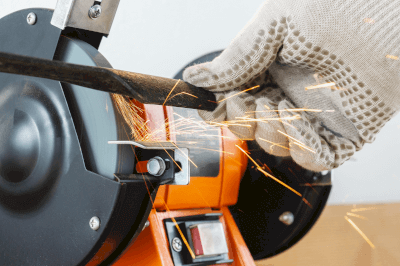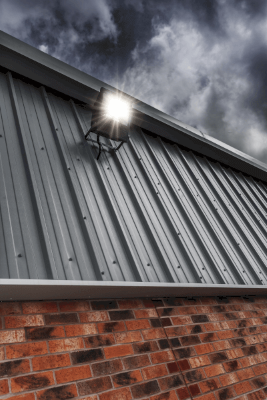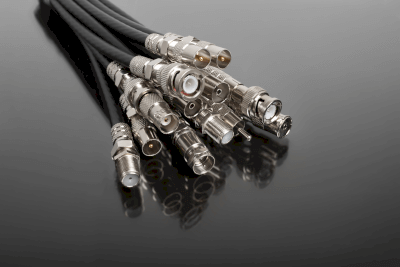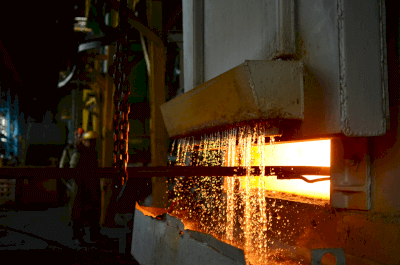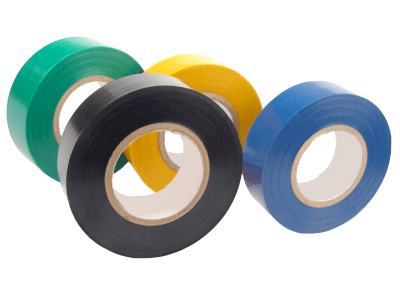What Is a Power Monitor?

A power monitor is a system that supports energy-saving activities by measuring the amount of electricity used.
Whereas in the past power meters were inspected visually, a power monitor can automatically measure power usage in multiple locations, enabling efficient and accurate power measurement.
The basic function of the power monitor is to measure and monitor the amount of electricity used constantly. The system also monitors the amount of electricity used at regular intervals and generates an alarm when it is expected to exceed the target value. It can also take emergency measures, such as shutting down the least important electrical equipment in order. Some systems not only monitor power use but also provide feedback on the monitored data to control power usage.
Uses of Power Monitors
Power monitors are used to monitor and control power usage in a variety of locations, including buildings, factories, power generation facilities, and small stores.
Power monitors in office buildings monitor power on a floor-by-floor basis to identify areas of inefficient power use and control power used for air conditioning and lighting to conserve energy.
Power monitors in factories monitor power for each production line and collectively monitor the relationship between equipment operation status and power usage, not only saving energy by improving the efficiency of production equipment, but also monitoring equipment abnormalities.
Principle of Power Monitors
The basic configuration of a power monitor includes an electricity meter that measures the amount of electricity used on site, a wired or wireless system that connects the power system and the power management computer, and power monitoring software. This basic configuration can be combined with IoT to expand to a remote power monitors.
Some power monitors have a function that monitors the average power consumption (power demand) over a 30-minute period. It then predicts the power consumption if the current power consumption continues, and generates an alarm when the power consumption is predicted to exceed the contracted power consumption or target power consumption. This improves awareness of energy conservation and leads to cost savings by reducing power use.
Another benefit is that visualization of the power monitor results, clarifies the status of power usage, making it easier to devise power reduction measures.
Power monitoring systems were originally introduced to various locations to reduce the cost of electricity, but now have the added objective of environmental protection. Reducing power consumption leads to a reduction in carbon dioxide emissions from power generation. For this reason, some power monitors have the ability to convert the amount of carbon dioxide emitted by a business activity from the amount of electricity it consumes.

